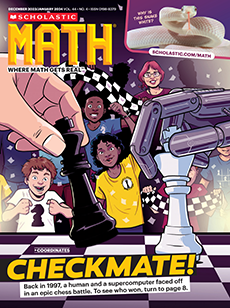Ask students if they have a pet. If they answer yes, ask them if they adopted their pet from an animal shelter. Then ask for reasons why someone might adopt a pet from a shelter. Tell your students they will be reading about how an animal shelter reacted to the Covid-19 crisis, which presented unique challenges to animal shelters.
CCSS: 6.EE.A.2, *6.EE.A.2.B
TEKS: 6.6C, *6.7B
MP: MP1, MP2, MP4
*Additional standards covered in Skill Builders.
